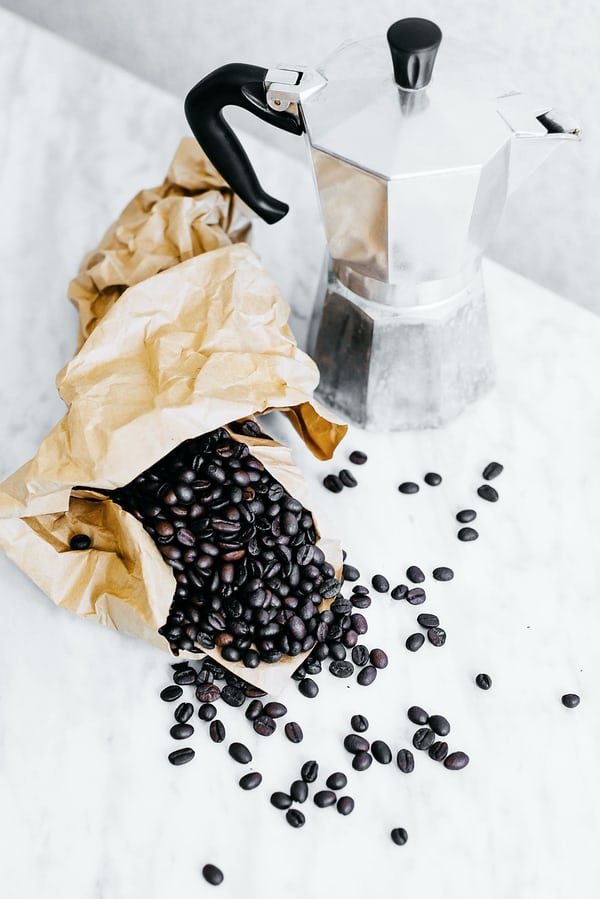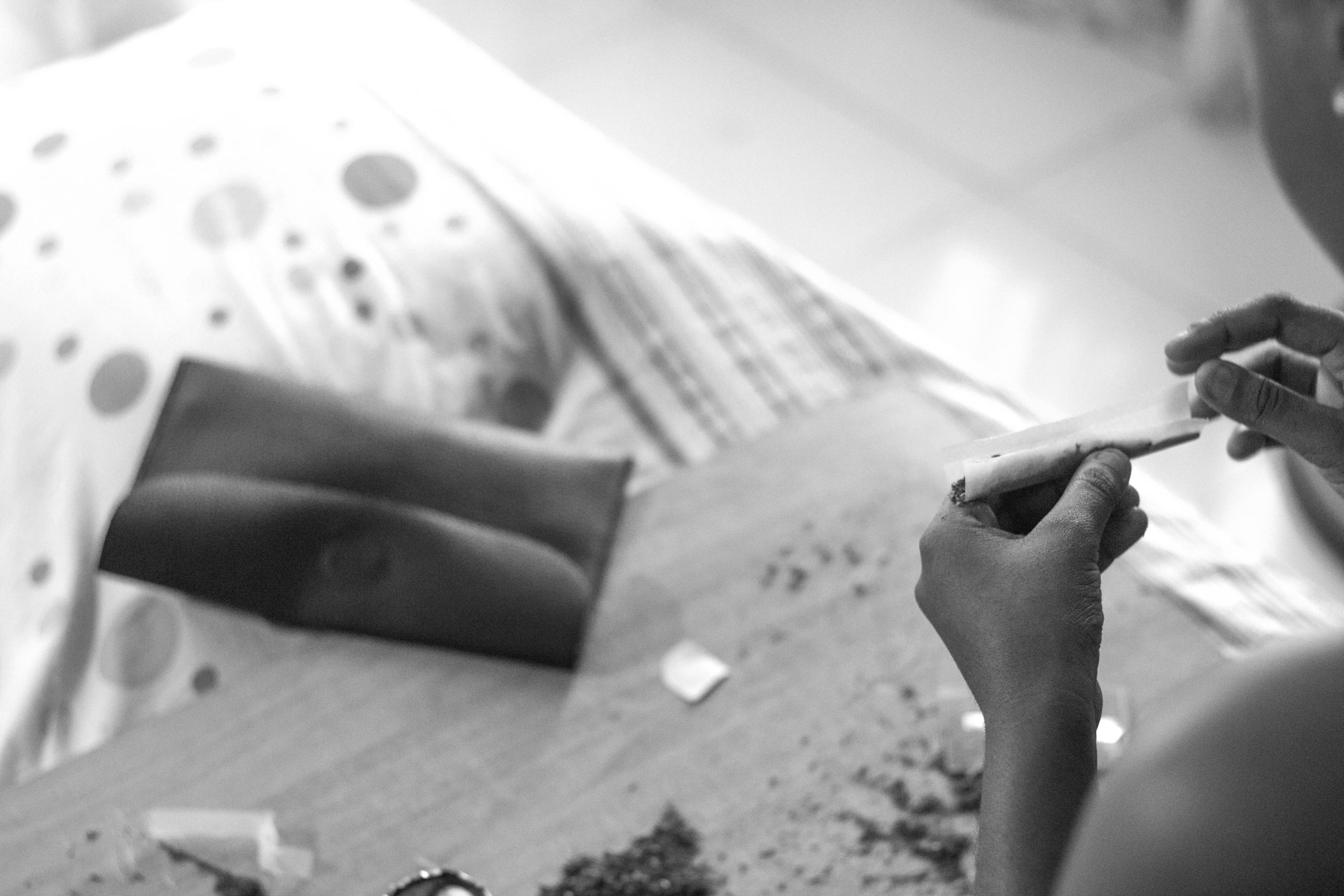Blog Excerpt / Meta Description
Here’s how you can become your own barista and get a newfound appreciation for that well-crafted coffee.
What can be more satisfying than waking up to that perfect cup of coffee? The aroma that never fails to perk anyone up and that one-of-a-kind taste work well to keep you up and running for that daily grind. But there’s more to that good old coffee than just the extra caffeine boost to get you through the day.
The benefits will make any coffee-lover rejoice. Multiple studies have shown that the right amount of espresso is great for your health. Moderate coffee drinking lowers the risk of dying from heart disease, stroke, and diabetes. Plus, coffee can also provide relief from headaches and even induce feelings of calm and peace.
There’s always more to coffee that you can experience. And who better to teach us a thing or two about well-crafted coffee than the pro baristas themselves?
Coffee masters are craftsmen who take coffee brewing and tasting to new heights. They handle coffee beans with such finesse and go the extra mile to produce the ideal cup. If you’re looking for high-quality coffee beans in Sydney, you’ll find an array of expert roasters dedicated to crafting the perfect brew, ensuring every sip is a delightful experience. These baristas are passionate about high-quality coffee, always ready to share the newest blends and flavors with curious minds.
How to Taste Coffee Like a Pro
Think you’ve got what it takes to be a coffee master and describe the tastes in great detail? Here’s how you can become your own barista and get a newfound appreciation for that well-crafted coffee.
Practice Your Brewing Method or Cupping Skills
Cupping is an art in the professional coffee world. You don’t have to worry about the technicalities, machinery, and specifics. You can still bring out the best flavors from the beans with a simple water kettle, a manual burr or automatic grinder, and light or medium roast coffee beans.
What’s important is that you have clean water, high-quality fresh beans, and a consistent grind. Set the kettle to the right heating temperature and aim for a coarse grind. Let the grinds rise to the top of the cup after you pour the hot water. Break the crust and stir the cup to release the aroma.
Aroma
Breathe in, pause, and enjoy the aroma of your espresso. This experience you get when you lift your cup the first time can tell you whether you’re getting a good taste or not. Plus, the aroma will also help you determine if you’re in for a familiar or unusual flavor. Smell the fresh beans before and after grinding so you can get the full aromatic experience.
Sweetness and Flavor
Read through the tasting notes on your coffee bag and use them as references for the types of flavors you may expect from your cup. This will guide you as you make your own tasting notes and evaluate the aroma, flavor, and character of your coffee.
You don’t have to be overly specific when figuring out the flavors that match the coffee you’re drinking. It helps to put them into categories: Is it fruit-like? Are you tasting almonds or walnuts? Can you taste sugary flavors like honey, caramel, or maple syrup? Or maybe it’s more of an earthy or herbal type. Using a flavor wheel will simplify the process.
Learn more about where your coffee beans came from and how they were processed so that you can get a better feel for their quality. You’ll know you have high-quality coffee if the flavor gets tastier and more interesting even as the drink cools.
Body
Also known as texture, this quality is the easiest to determine for newbie coffee tasters. Find out how the coffee feels in your mouth. Is it light and airy or dense and heavy? Is it rich, watery, smooth, oily, creamy, syrupy, or something in between?
Acidity
Acidity is what gives coffee a different dimension, depth, and brightness. The darker the roast, the less you’ll be able to determine the quality of the coffee’s acidity. Check for a melon, lemon, blueberry, or citrus-like tang to evaluate the acidity.
Finish
This is the last thing you remember when you taste your coffee and can make or break your impression. What is the texture of the aftertaste that lingers on your tongue? Is it clean, smooth, rough, neutral? Is it fleeing or lingering? Does it leave you craving for more?
How to Distinguish Different Coffee Tastes
With a myriad of aromas and flavors, you’ll definitely experience something different with each cup of coffee you taste. But how can you tell one from the other? Here are some valuable tips to keep in mind.
- Practice makes perfect, so taste away. Try different types of coffee as often as possible so you can learn to pick up more and more flavors and awaken your senses.
- Analyze your everyday meals and try to remember the sensory experiences so you can create a mental flavor library.
- Don’t fret if tasting doesn’t come naturally. Coffee tasting must be purposeful. Make that effort to think critically about the textures and flavors you experience as you drink your cup of coffee.
- Make it a habit to think in terms of what the coffee flavor reminds you of. Is it fruity or candy-like? Are you tasting herbal, floral, or cocoa notes?
- Learn as much as you can about the various factors that influence coffee flavors: the coffee bean origin and variety, when it’s grown, how it’s processed, and how it’s brewed.
- Study the Coffee Taster’s Flavor Wheel and let it guide you in identifying the different flavor notes.
Mastering the Flavors
As with any skill, mastering the art of coffee tasting requires a lot of time, dedication, and practice. It may be a little intimidating at first, but don’t be too hard on yourself, and don’t give up.
Use these tips and tricks to help you improve your palate. Take it one step at a time so you can fully appreciate the exciting flavors that the coffee world brings. Enjoy the process! Sooner or later, you’ll find that the flavors are not that complex and that describing them is not as difficult as it seems.







